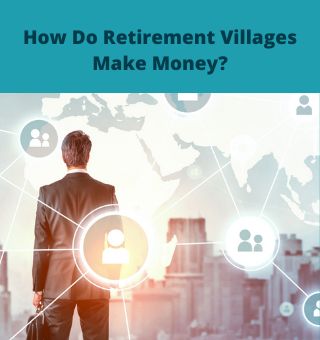How do retirement villages make money? It’s a question that many people are curious about, and for good reason. After all, these villages offer retirees a chance to live in a comfortable, supportive environment without having to worry about the stresses of home ownership. But how does this cost-effective option make money for the village itself? In this article, we’ll take a look at the ways retirement villages generate revenue.
The way retirement village operators make money in Australia may seem confusing at first, but it is actually quite simple. The operators are not allowed to make a profit from the daily operations of the village under any Retirement Village Act, but they are allowed to make a profit when residents move in or out of the village.
Sale of units
One way retirement villages make money is through the sale of units. When a unit in a village is sold, the developer or operator will usually receive a percentage of the total sale price. In most cases, this ranges from 15 to 20 percent.
Deferred management fee
When a resident leaves the village, the operator also charges a deferred management fee. This is a fee that is charged for the upkeep of the unit after the resident has left. The amount of the fee varies depending on the retirement village, but it is typically around 20 percent of the “occupation right agreement” after five years of stay.
Occupation right agreement basically means the contract between the village and the resident. This gives the residents the right to live in a unit for as long they like or until they decide to move on, say to an aged care facility.
Resale gains
Another way retirement villages make money is through resale gains from higher property prices. At the end of the resident’s stay, the retirement village sells the same unit to another prospective resident. However, the price of the unit is influenced by the value of surrounding properties. If property prices rise, the operator will be able to sell the unit at a greater price than previously, resulting in a profit.
Service fees
Retirement villages make money through the fees they charge for services. These can include things like meals, transportation, and access to amenities like swimming pools and recreation rooms. In many cases, these fees are bundled together into a monthly fee that retirees pay. However, villages use this money to cover the costs of operating and maintaining the property.
Government fees and premium rates
Additionally, many retirement village operators also operate aged care facilities where they will be paid care fees by the government. Villages may also charge premium rates for higher quality units.
As you can see, there are a number of ways retirement villages make money. While they are not allowed to make a profit from the daily operations of the village, they are able to generate revenue in other ways. This allows them to provide a cost-effective option for retirees who are looking for a supportive living environment.


